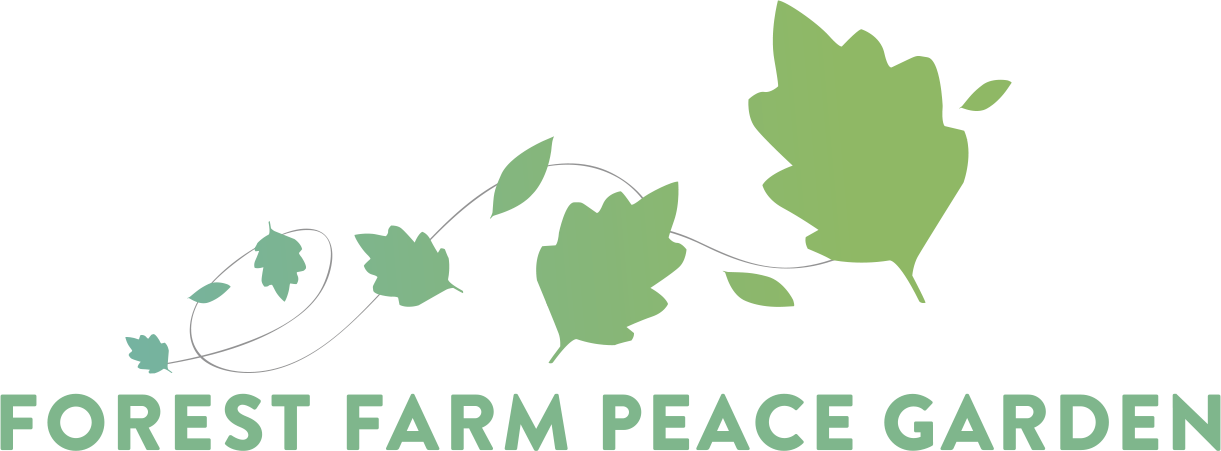Our very own ethnobotanist and forager, Aaron "Hedgerow" Edgeley, presents the first Plant of the Month.
Common Name: Daffodil
Genus & Species: Narcissus pseudonarcissus (L.)
Family: Amaryllidaceae
Other Names: Narcisssus, Lent Lily, Jonquil
Range and Habitat: Found in woodland and grassland in the UK and Western Europe. In Britain as either a native or an archeophyte, it is locally abundant but declining across its range. John Gerard, writing in the 16th century, stated that it grew “almost everywhere through England” but is much scarcer now.
General ID: Daffodils are a perennial bulb with upright, strap-like, grey-green leaves with rounded tips. The leaves arise from the base of the stem, the top of which sports a single flower. The flower consists of a dark yellow 'trumpet' (corona) surrounded by a ring of 3 sepals and 3 petals (perianth), which are a lighter yellow. In our native wild species the 'trumpet' and ring of petals are roughly the same length. Flowers are usually produced from March to April. The daffodil is clump-forming in suitable habitat. Numerous hybrids and commercial forms are available however which vary these characteristics.
For food… The bulb and all green parts are poisonous and should not be eaten. The flowers are edible, however and do add some funky colour to a spring salad or in sandwiches. Larger trumpeted varieties can be stuffed with sticky rice to make ‘daffodil sushi’.
For healing… As with many members of the Amaryllidaceae, Daffodils contain galantamine which is currently being used in research to combat Alzheimer’s disease and similar conditions.
In culture… The flower is the national flower of Wales. The origin of the word ‘Daffodil’ is uncertain, but is believed to be a shortened form of ‘bastard asphodel’, asphodel being another similar plant. The name Narcissus is shared with a youth from Greek mythology who fell in love with his own reflection and is believed this is echoed in the plants’ nodding habit.
For wildlife… Are a pollen source for pollen beetles (Meligethes species) and bulbs are a food source for the Narcissus Fly (Merodon equestris)
At FFPG… We grow Daffodils under many of our orchard trees at FFPG, providing a welcome splash of colour in springtime!
Disclaimer:
This is intended for information only. FFPG, its staff, trustees and volunteers do not make any claim as to the safety or efficacy of plants listed for medicinal purposes and do not encourage the consumption or use of any of the plants listed herein. Anybody wishing to use plants for medicinal effect is advised to consult their medical professional.

